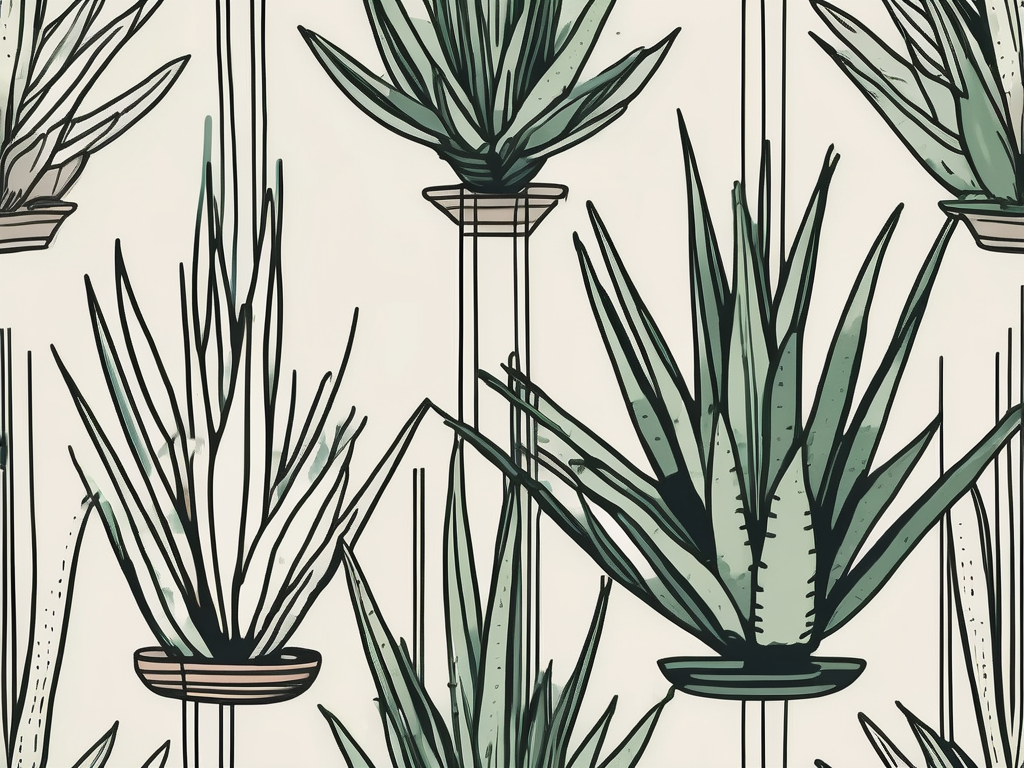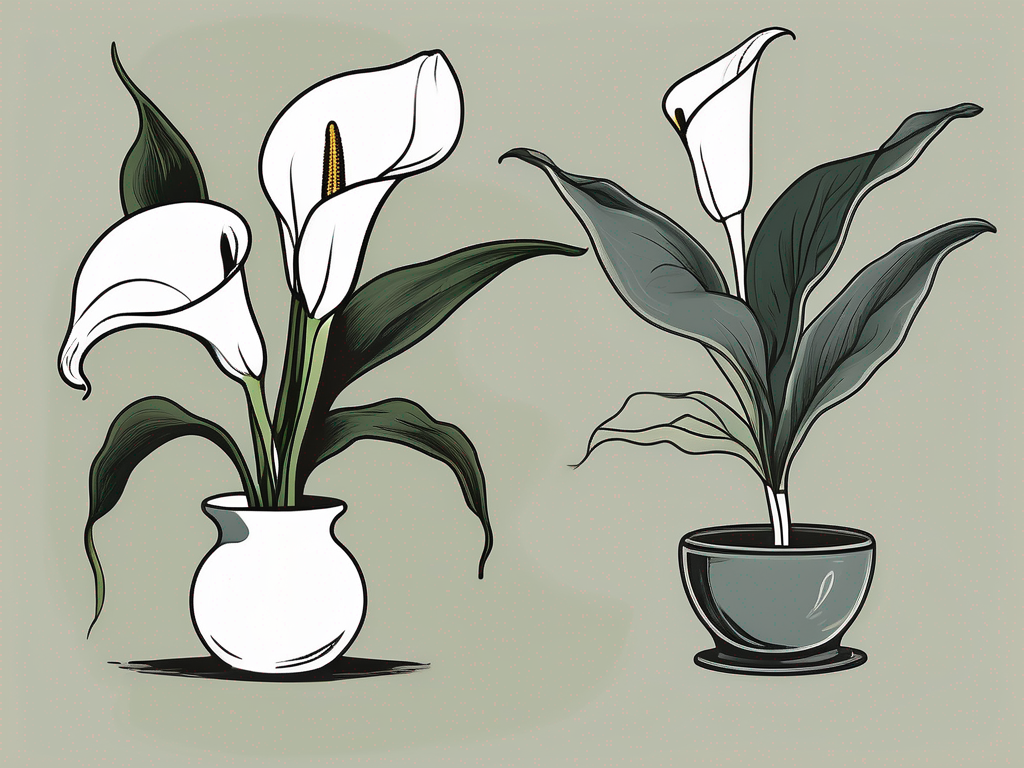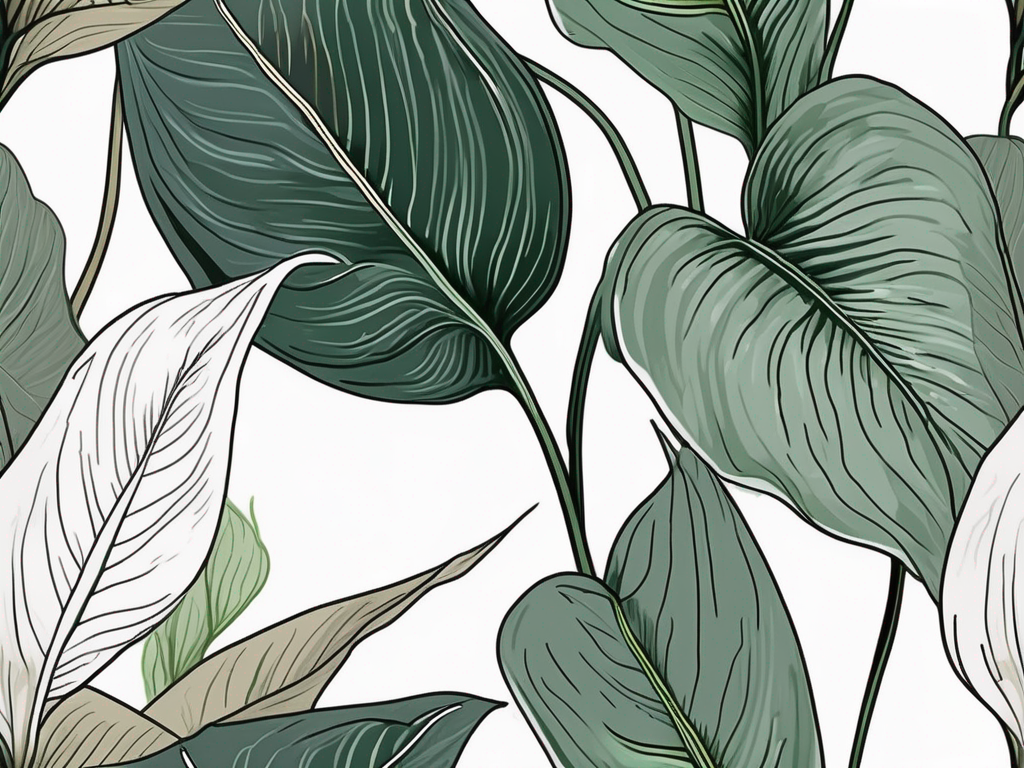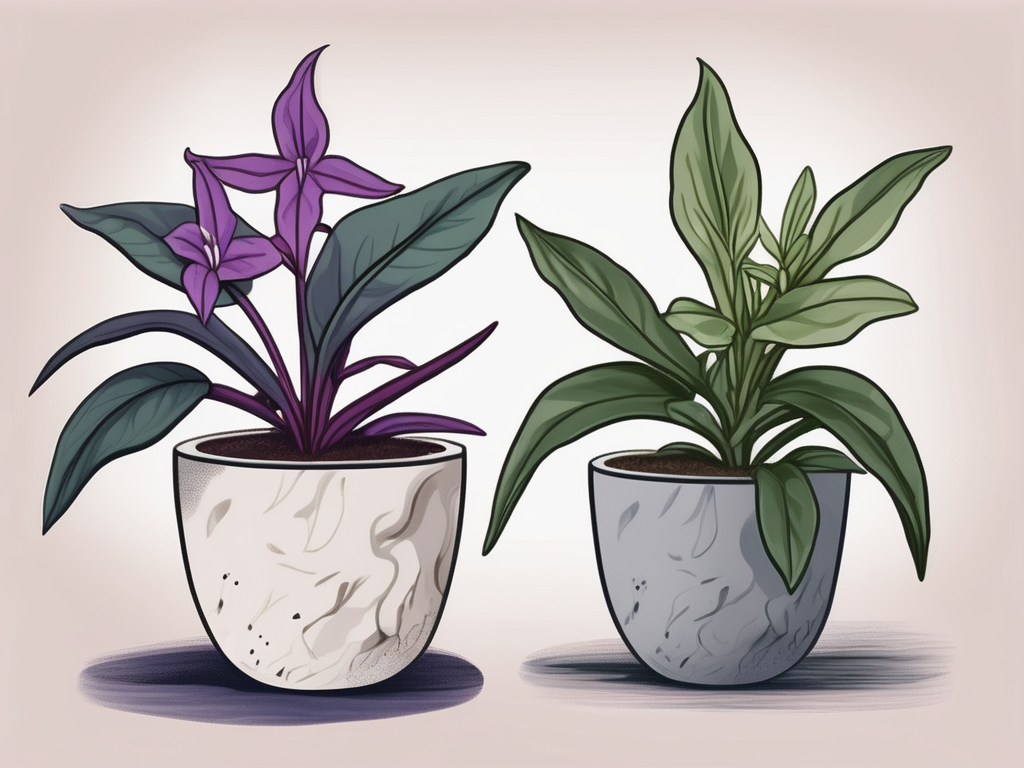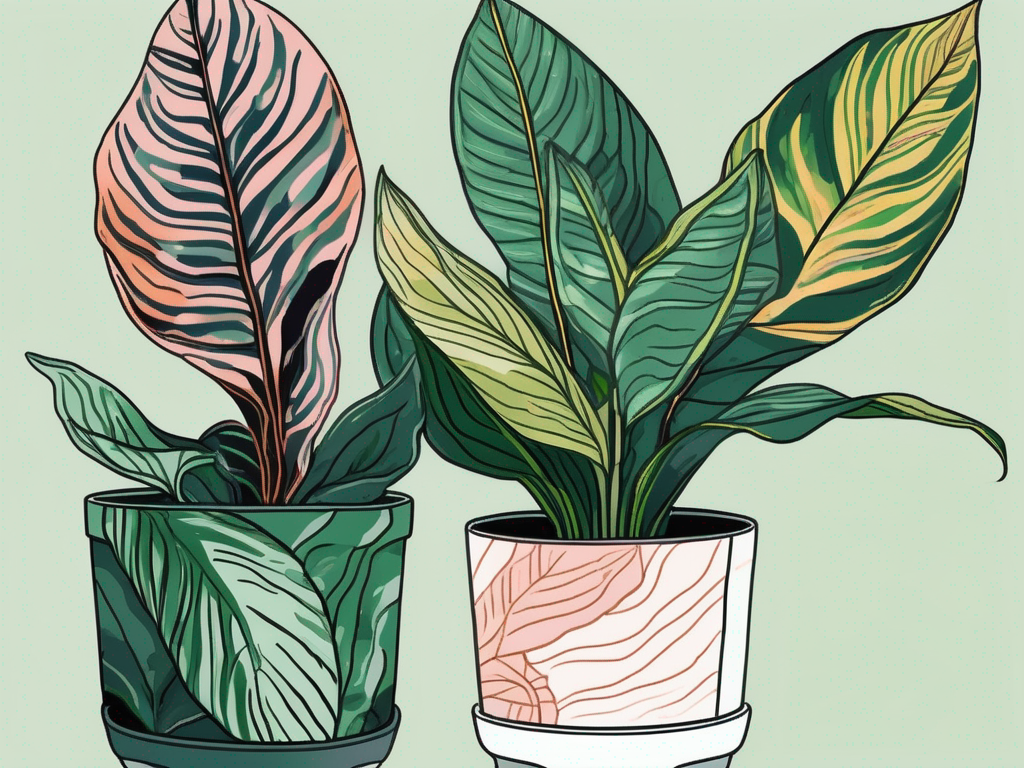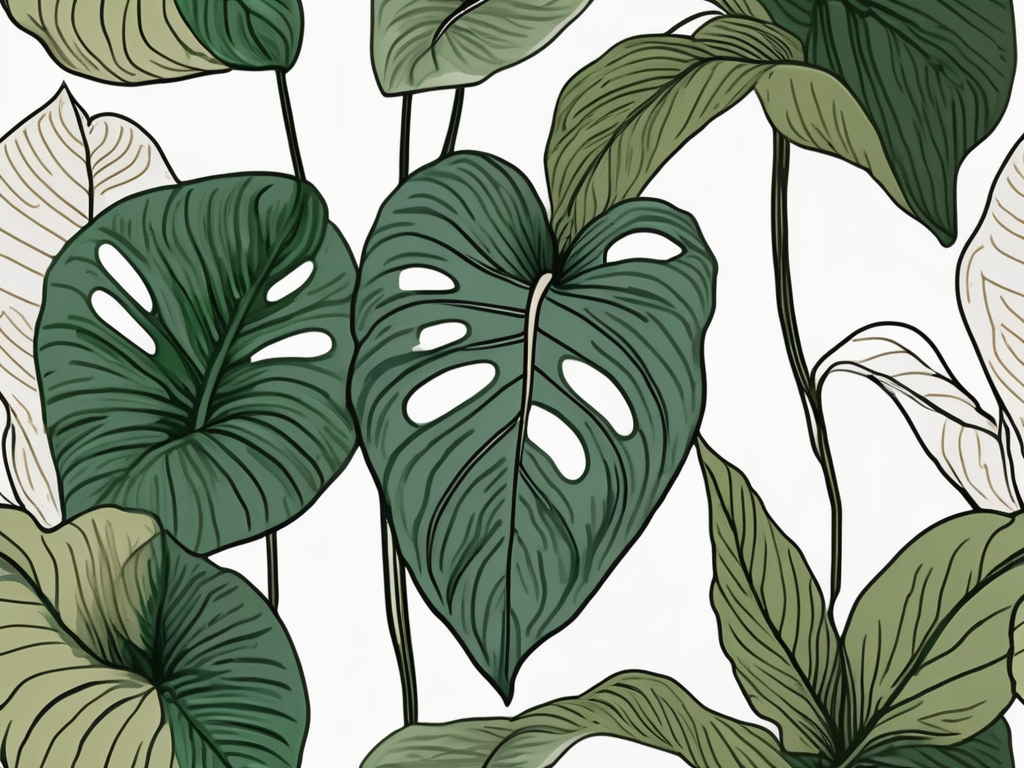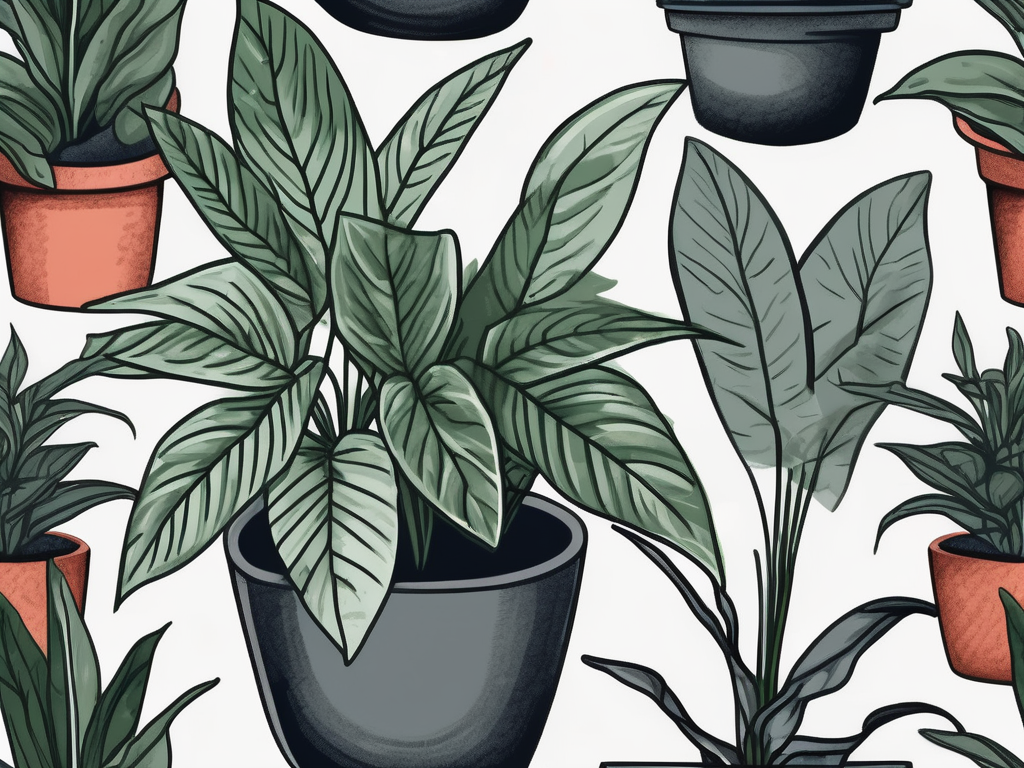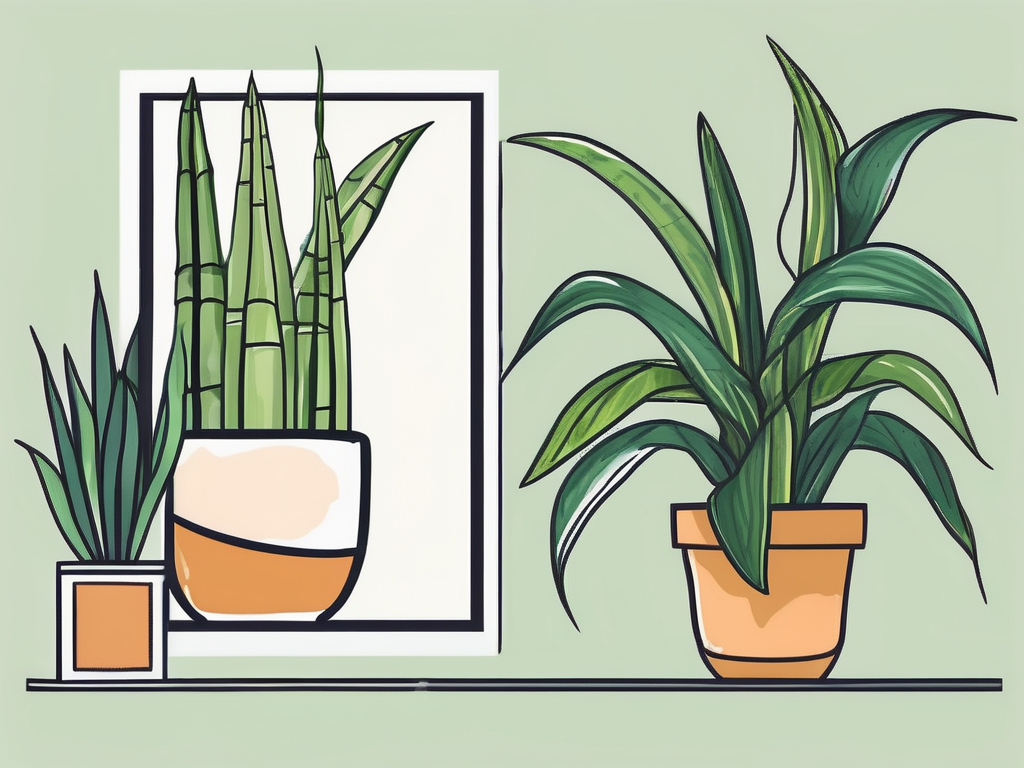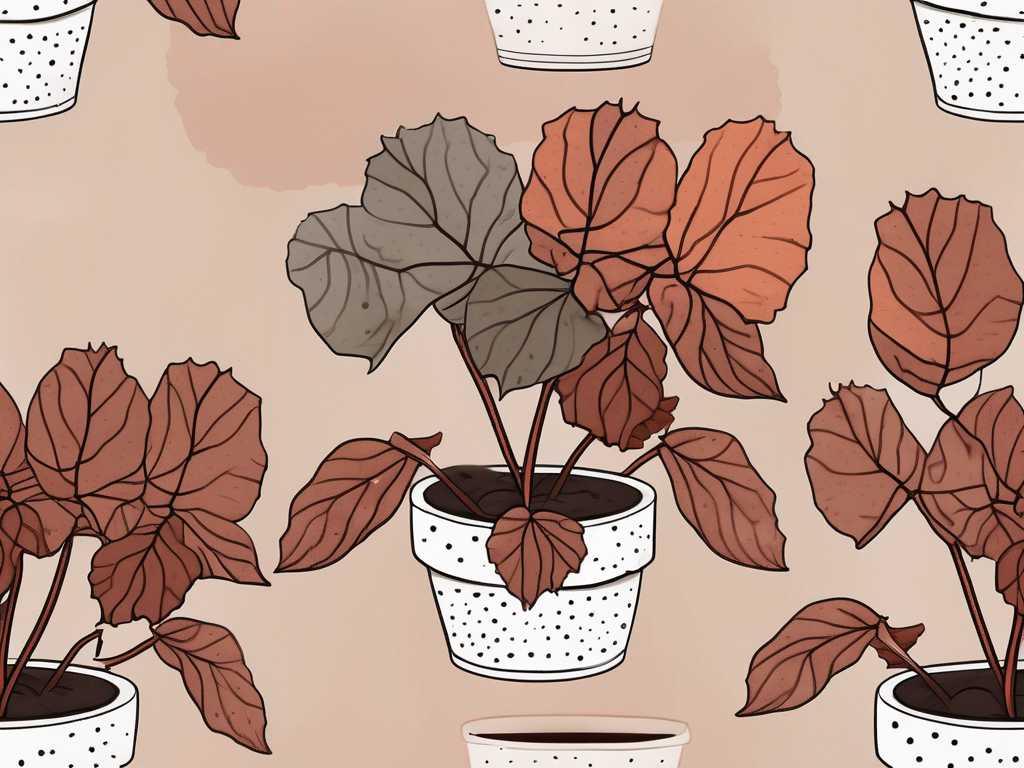
Have you ever looked at your Polka Dot Begonia and thought, "Why does it look so sad?" You're not alone. Many plant parents find themselves puzzled when their once-thriving begonia starts to look less than lively.
If your Polka Dot Begonia seems to be on the struggle bus, don't worry. We’re going to chat about the common reasons it might be drooping and, more importantly, how to nurse it back to health. From watering woes to light levels and pesky pests, we’ve got the scoop on how to help your plant thrive again.
Watering: Too Much or Too Little?
Watering is a bit like the Goldilocks story—it needs to be just right. Polka Dot Begonias are finicky about their water. Let’s break down the common watering mistakes and how you can avoid them.
First off, overwatering is a classic mistake. If you see yellowing leaves or a mushy stem, it's a sign your plant might be sitting in soggy soil. Imagine wearing wet socks all day—not comfortable, right? Your begonia feels the same. Overwatering can lead to root rot, which is basically the plant version of a bad day.
On the flip side, underwatering can also be a culprit. If the leaves are crispy or the plant looks droopy, it might be thirsty. Begonias like their soil to be moist but not drenched. A good rule of thumb is to water when the top inch of soil feels dry to the touch. Stick your finger in there and see what’s going on. You'll get a feel for when your plant needs a drink.
To keep things just right, consider these tips:
- Use a pot with drainage holes. This helps excess water escape and prevents root rot.
- Water your begonia thoroughly, then let it drain completely before putting it back in its saucer.
- Adjust your watering schedule based on the season. In winter, plants need less water because they're not growing as fast.
Lighting: Getting It Right
Light is another essential factor for your Polka Dot Begonia’s health. Too much or too little can cause problems. Let’s figure out the sweet spot.
Begonias thrive in bright, indirect light. Direct sunlight can scorch their leaves, making them look more like a crispy critter than a vibrant plant. If you notice brown, crispy edges, it might be getting too much sun. On the other hand, if your plant is looking pale or leggy, it might not be getting enough light.
A good spot for your begonia is near a window with filtered light. East or west-facing windows usually work well, where they can catch some morning or afternoon rays without the harsh midday sun.
Interestingly enough, if you can’t find the perfect light spot in your home, a grow light can be a lifesaver. They mimic the sun’s natural spectrum, giving your plant the boost it needs.
Here’s a quick checklist to help with lighting:
- Avoid direct sunlight. Use sheer curtains to diffuse light if necessary.
- If the plant is stretching toward the light source, it’s a sign it needs more light.
- Consider rotating your plant every few weeks to ensure even growth.
Temperature and Humidity: A Balancing Act
Your begonia is a bit of a diva when it comes to temperature and humidity. They love warm, humid environments, much like their natural habitat.
If your home is too cold or dry, your plant might sulk. Ideally, keep the temperature between 65°F and 75°F. Sudden temperature changes or drafts can cause stress, leading to leaf drop. If your plant is near a drafty window or a blasting heater, it might be time to relocate it.
Humidity is another factor. Begonias love humidity, and dry air can be tough on them. If your plant’s leaves are browning at the edges, it might need more moisture in the air. A simple way to increase humidity is to place a tray of water near the plant or use a humidifier. Misting the leaves can also help, but be careful not to overdo it—too much moisture on the leaves can lead to fungal issues.
To keep your begonia happy:
- Maintain consistent indoor temperatures.
- Avoid placing your plant near heating vents or drafts.
- Consider using a humidity tray or humidifier to keep the air moist.
Soil and Potting: The Foundation of Health
Soil is the foundation of your plant's health, and choosing the right mix is crucial. Polka Dot Begonias like well-draining soil that retains some moisture. Using the wrong soil mix can lead to waterlogging or nutrient deficiencies.
A good potting mix for begonias includes peat moss, perlite, and vermiculite. This combination provides moisture retention and aeration, which helps prevent root rot. Avoid dense, heavy soils that hold too much water.
Additionally, the pot size matters. If your plant's roots are cramped, it might be time for repotting. Choose a pot that's one size larger than the current one, with drainage holes at the bottom. This gives your plant room to grow and ensures proper drainage.
When repotting, gently remove the plant from its current pot and shake off excess soil. Check the roots for any signs of rot, trimming any that are mushy or dark. Place the plant in its new pot, fill with fresh soil, and water thoroughly.
Pests and Diseases: Keeping Them at Bay
Pests and diseases can sneak up on you and your begonia if you're not careful. Common pests include spider mites, aphids, and mealybugs. These tiny invaders can cause your plant to look sickly and stressed.
Spider mites are particularly pesky. They’re hard to spot, but you'll notice their presence through tiny webbing and speckled leaves. Aphids and mealybugs are easier to see, often clustering on the underside of leaves or stems.
To keep pests in check, regularly inspect your plant. Catching an infestation early makes treatment much easier. You can remove pests by wiping the leaves with a damp cloth or using insecticidal soap or neem oil. Be sure to follow the instructions on any product you use.
Diseases like powdery mildew or root rot can also affect your plant. Powdery mildew appears as a white, powdery substance on leaves, while root rot is often caused by overwatering. Ensuring proper watering and humidity levels can help prevent these issues.
For a healthy plant:
- Inspect your plant weekly for any signs of pests.
- Keep the plant’s environment clean to minimize disease risk.
- Quarantine any new plants for a week or two before introducing them to your collection.
Nutrient Needs: Feeding Your Begonia
Like any living thing, your begonia needs nutrients to thrive. Fertilizing your plant can give it the boost it needs, but it’s important not to overdo it.
A balanced, water-soluble fertilizer works well for begonias. You can feed your plant every two to four weeks during the growing season (spring and summer). In fall and winter, when growth slows, you can cut back on feeding.
Signs of nutrient deficiency include pale leaves or slow growth. On the other hand, too much fertilizer can cause salt buildup in the soil, which might lead to crispy leaf edges.
For optimal growth:
- Use a balanced fertilizer according to the package instructions.
- Reduce feeding during the plant’s dormant period.
- Flush the soil occasionally to prevent salt buildup.
Pruning and Maintenance: Keeping It Tidy
Pruning your Polka Dot Begonia can encourage bushier growth and keep it looking fresh. Cut back any leggy stems or spent flowers to promote new growth.
Regular maintenance includes removing yellow or dead leaves. This not only improves the plant's appearance but also prevents potential pest and disease issues.
When pruning, use clean, sharp scissors or pruning shears. This helps prevent damage to the plant and reduces the risk of infection.
For a tidy plant:
- Prune regularly to maintain shape and encourage growth.
- Remove any dead or yellowing leaves promptly.
- Keep your tools clean to prevent disease spread.
Environmental Changes: Adapting to New Conditions
Sometimes, your begonia might react to changes in its environment. Moving to a new home, adjusting the light, or even seasonal shifts can cause stress.
If you've recently moved your plant or made changes to its care routine, give it some time to adjust. It's normal for plants to take a little while to settle into new conditions.
During this adjustment period, monitor your plant closely. Look for any signs of stress, like drooping leaves or slow growth, and adjust care as needed.
For a smooth transition:
- Give your plant time to acclimate to new conditions.
- Monitor for signs of stress and adjust your care routine accordingly.
- Be patient—plants often need time to adapt.
Final Thoughts
To sum it up, your Polka Dot Begonia's health depends on the right balance of water, light, temperature, and nutrients. By paying close attention to its needs and adjusting your care routine as necessary, you'll help your plant thrive.
At Cafe Planta, we're passionate about helping you nurture your green friends. Whether you're looking to expand your collection or need advice on plant care, we're here to help. Feel free to reach out via email or Instagram. We believe in the power of plants to connect us with nature and each other. Let's grow together!

